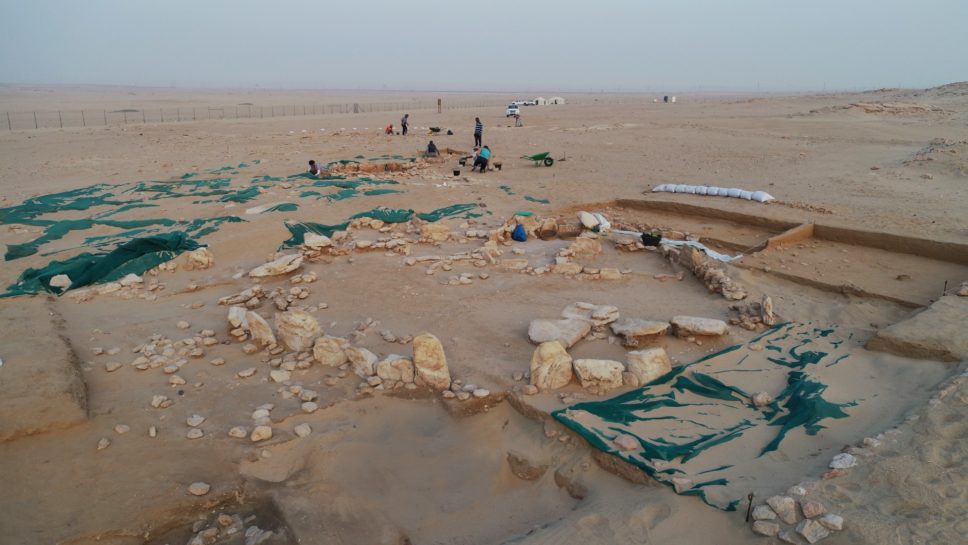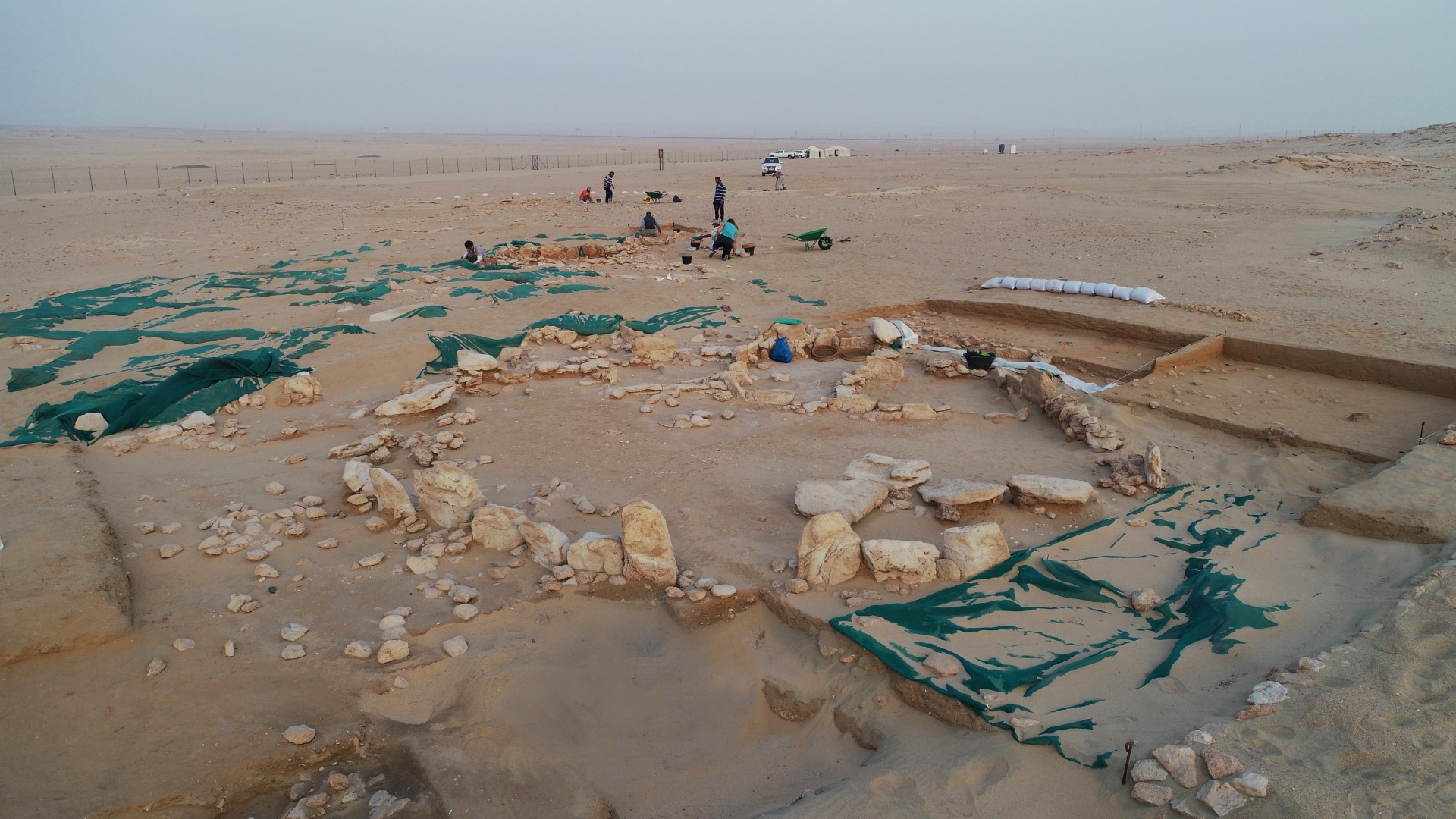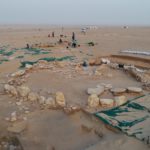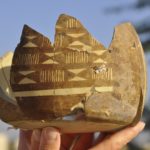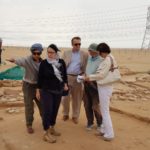New discoveries at the Bahra 1 site show that this settlement from the 6th millennium BC was more developed than any other site from this period known from the Gulf region.
This year, the Kuwaiti-Polish Archaeological Mission headed by Prof. Piotr Bieliński from the Polish Centre of Mediterranean Archaeology, University of Warsaw in co-operation with Dr Sultan al-Duweish, the Director of the Department of Museums and Archaeology, and Dr Hamid al-Mutairi, Head of Excavations and Surveying Sector, discovered at this site a structure that may be interpreted as a cultic building. The Kuwaiti-Polish Archaeological Mission informed of their discoveries during a press conference organized by the Polish Embassy in Kuwait.
The prehistoric settlement of Bahra 1 is the largest of uncovered sites associated with the Ubaid culture, known so far from the Arabian Peninsula. The Ubaid culture, which first developed in Mesopotamia had a truly global sphere of interaction – objects characteristic for this culture, such as painted pottery, have been found at a large territory stretching from Palestine to the coast of the UAE. This led to the creation of first cities in the following period. But the most important development of the Ubaid culture – a new, more complex type of social structure – is less visible in the archaeological record.
Excavations at Bahra 1 uncovered at least 10 structures in an area stretching for c. 180 m. They yielded over 16 thousand fragments of pottery fragments, most of which came from Mesopotamian Ubaid-type vessels. Now archaeologists have encountered another trace of the culture’s influence – this time in the form of a building that has a different ground plan than any other structure excavated so far at Bahra 1.
– There are indications that this may be a building that had a cultic function – says Prof. Bieliński. – It combines elements characteristic for the local tradition with those of the Ubaid culture – he explains.
If further research confirms these observations, this will be the oldest building of such function not just in Kuwait but in the whole Gulf region.
The current season was very fortunate for the Kuwaiti-Polish team, as it brought yet another discovery. In the vicinity of the „temple” excavations revealed a large fragment of an empty space surrounded by buildings.
– The size and regularity of this space bring to mind a plaza or village square. And this in turn indicates some sort of planning in the settlement’s spatial organization, which is very surprising at a site of such an early date – Bieliński points out, adding that this is unheard of even at Ubaid-period sites in Mesopotamia.
The data from this year’s fieldwork at Bahra 1 will need to be studied before they can be scientifically published, but even now they confirm an impression voiced by many scientists researching the birth of civilization, that the roots of urban life, a model of life as we know it today, should be sought in the Ubaid period. The site of Bahra 1 shows that the inhabitants of the Kuwaiti desert were part of a large cultural and economic zone of influence that stretched from the Arabian Gulf shores to the Mediterranean coast.
Press release: A temple from the 6th millennium BC? New discoveries in Kuwait
-
Building complex with the cultic structure fot. S.Lenarczyk
-
An Ubaid-period vessel from Bahra 1 Photo A.Reiche
-
16. Polish Ambassador visiting the Bahra 1 site // Ambasador RP zwiedza stanowisko Bahra 1 (fot. A. Szymczak)

